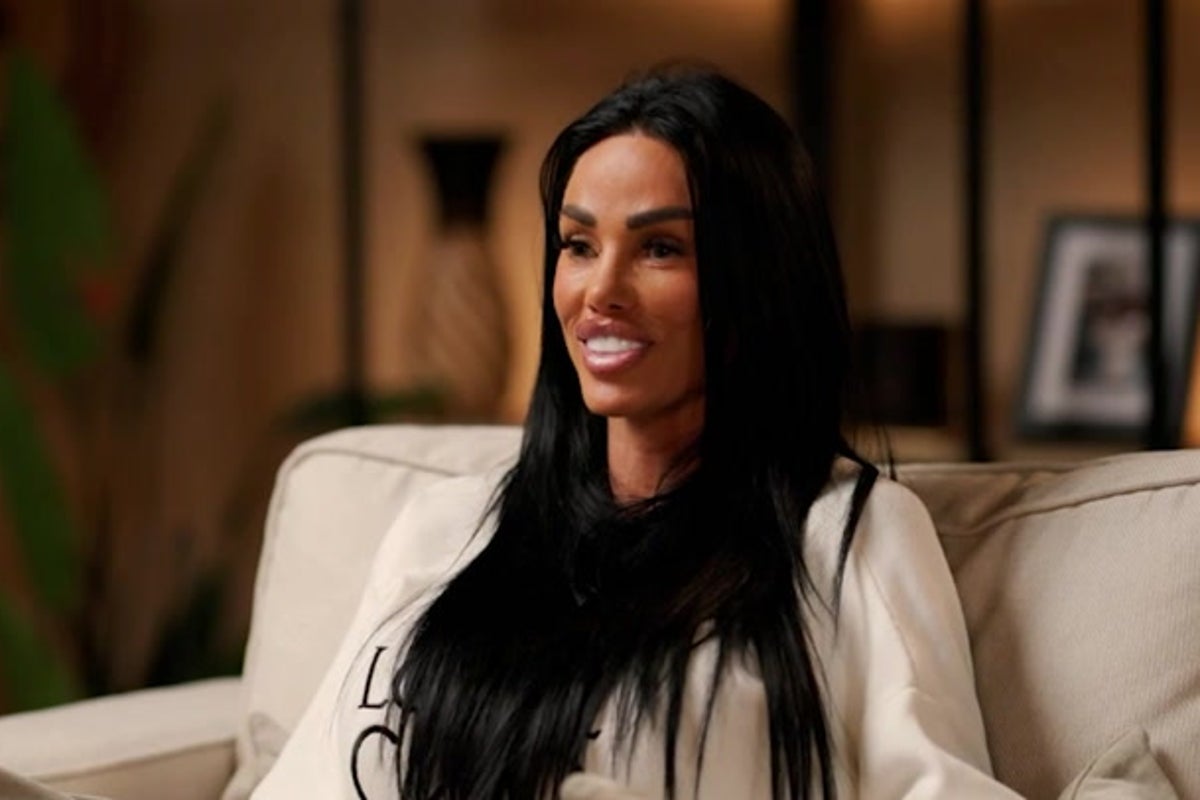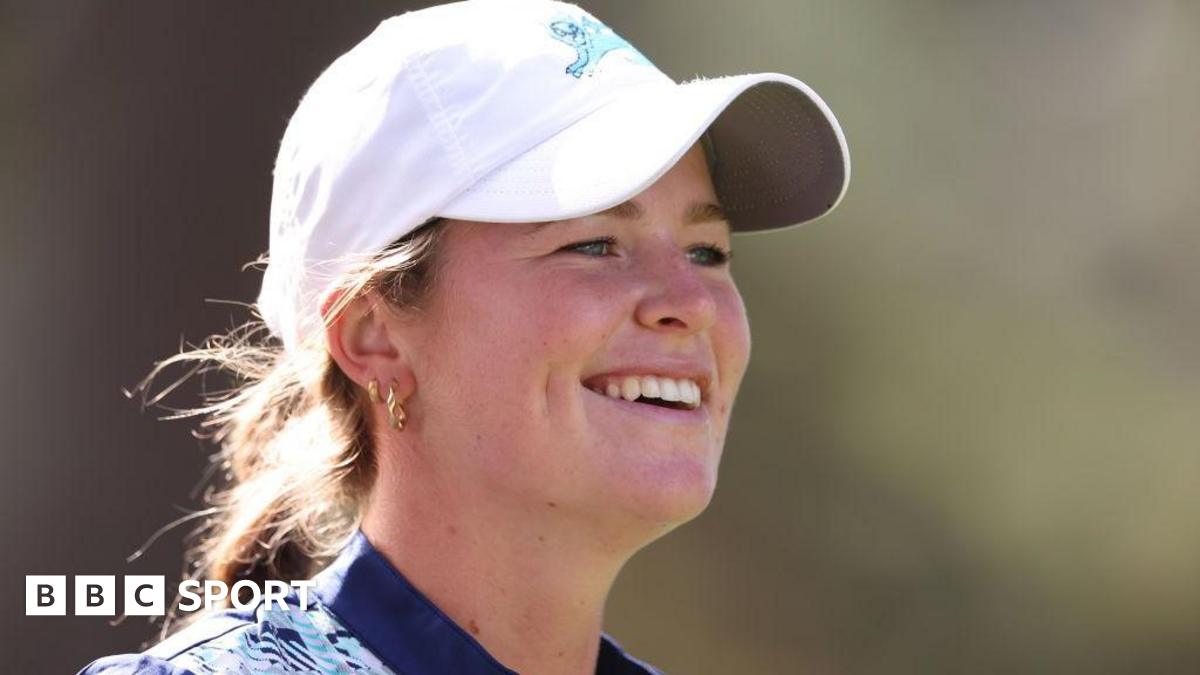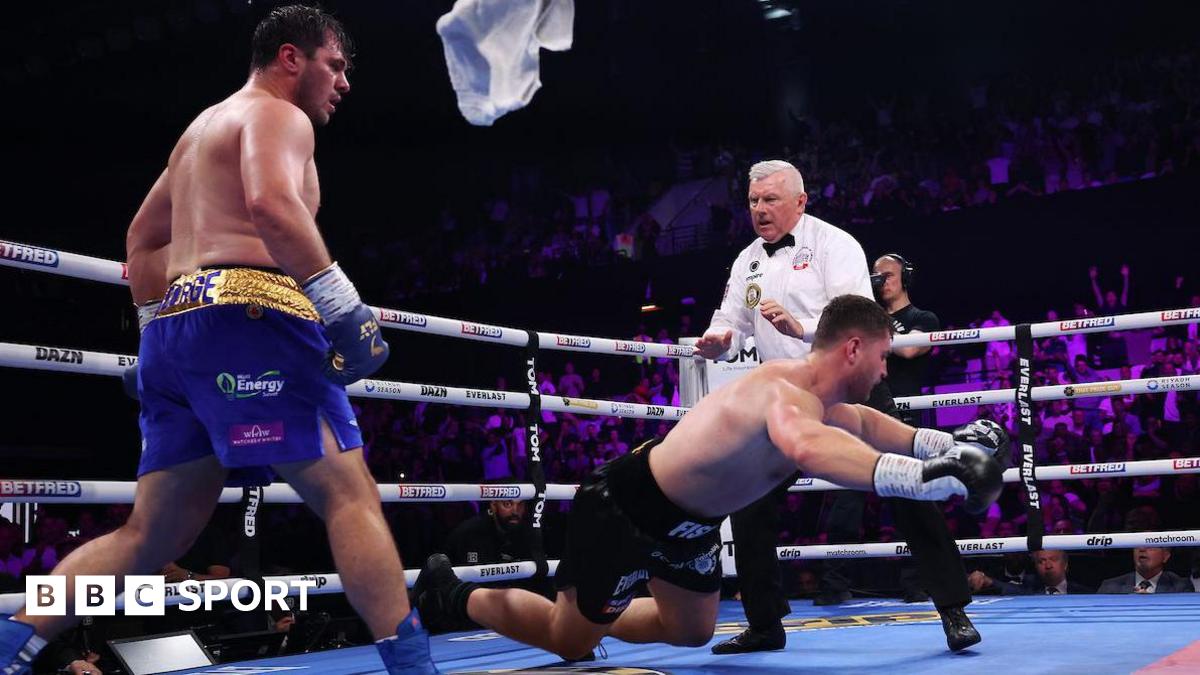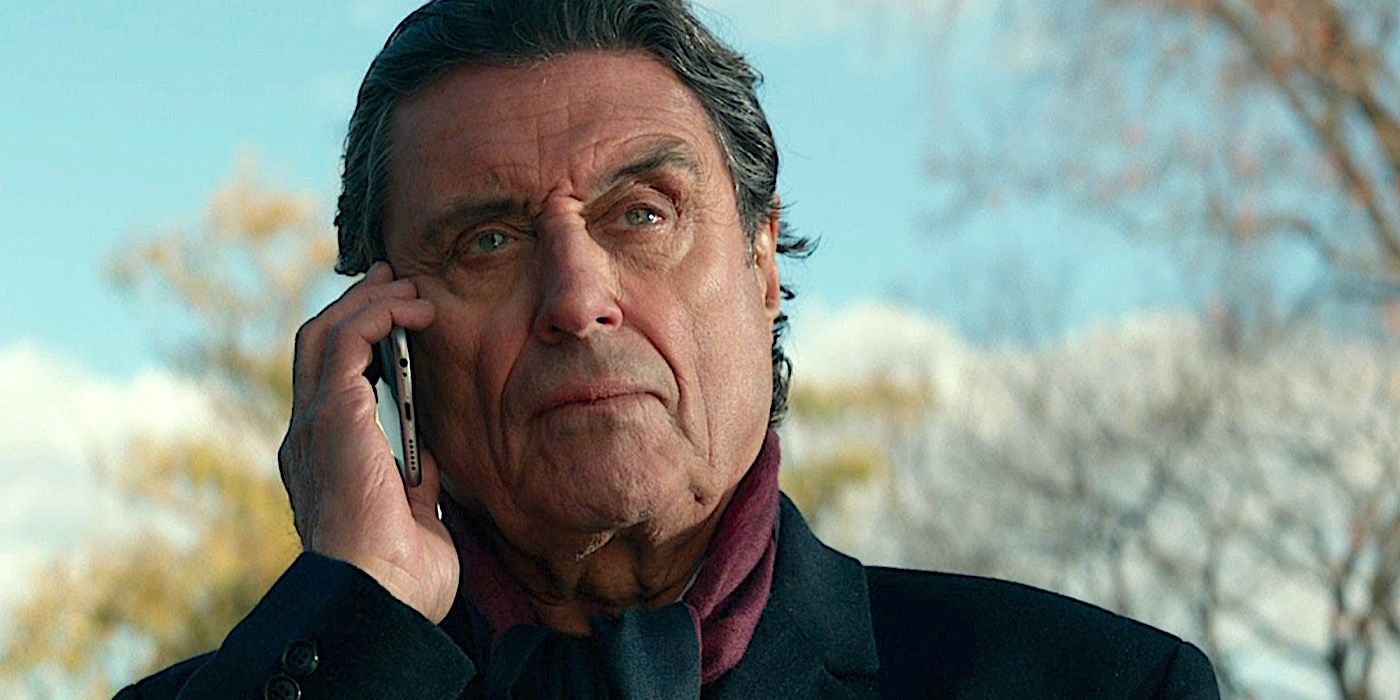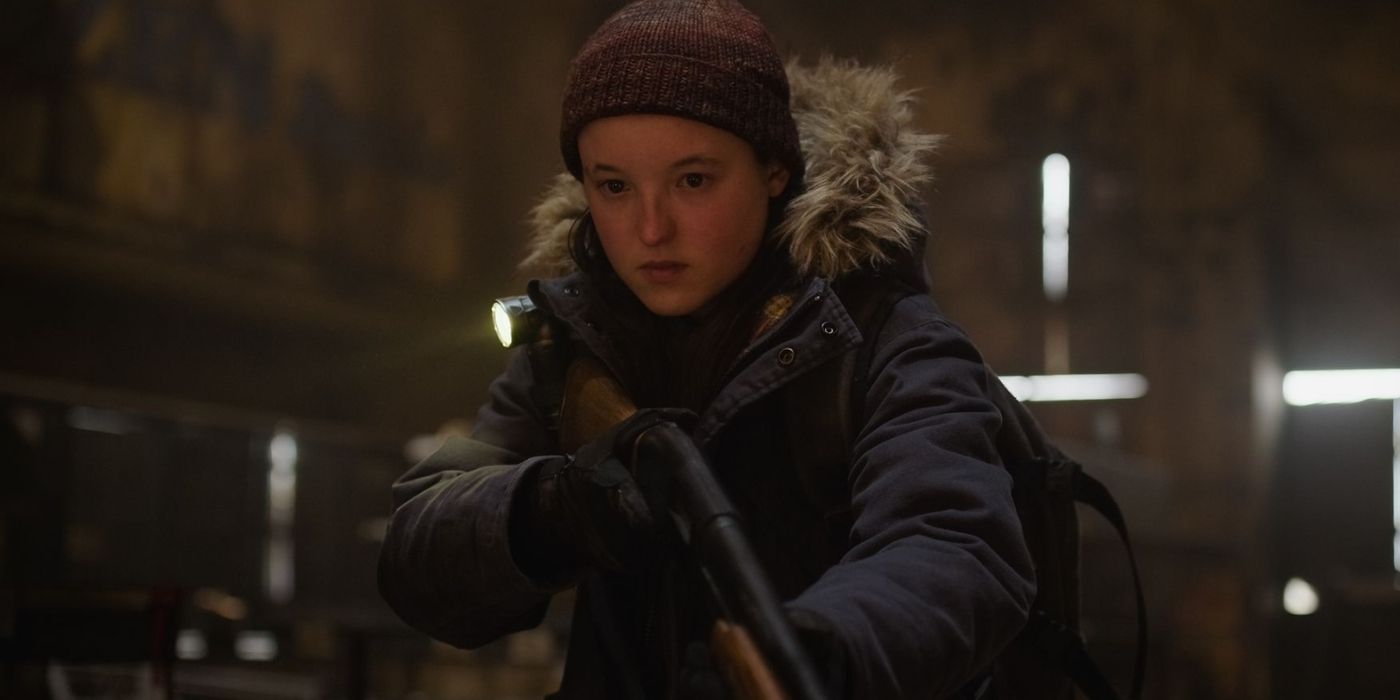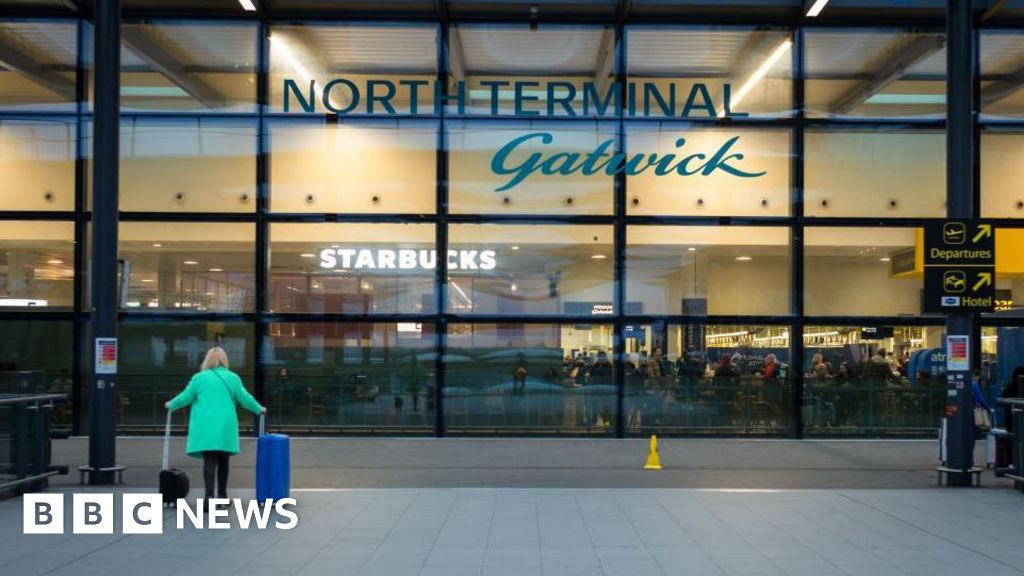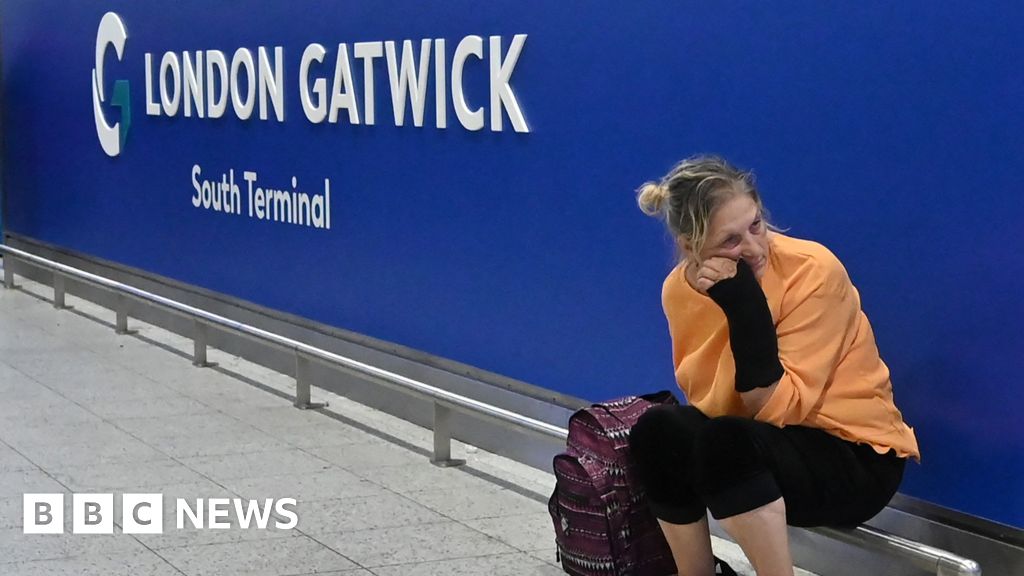How to plan for the ‘creative wellness’ of a city
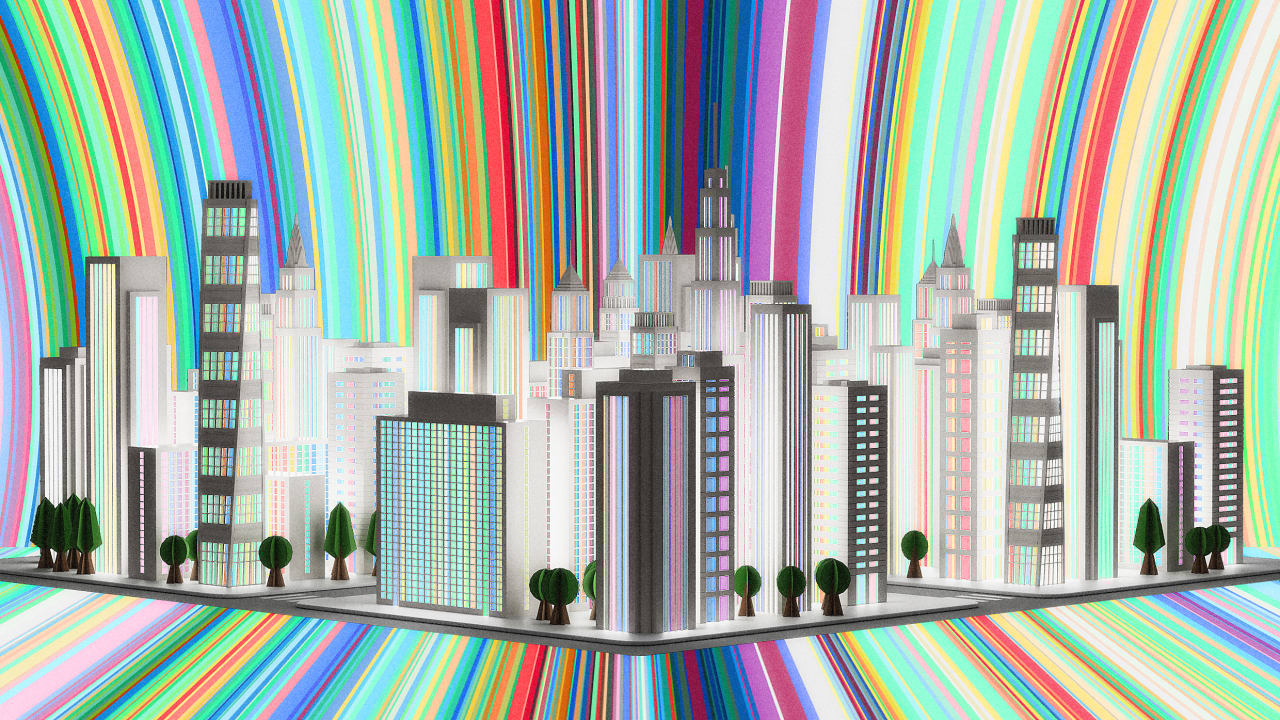
Cultural planning has shape-shifted throughout its history, encompassing beautification initiatives, placemaking (and placekeeping) projects, and preservation work. But in the past decade, the field has accelerated significantly, according to Rana Amirtahmasebi and Jason Schupbach, the editors of The Routledge Handbook of Urban Cultural Planning, a new manual that compiles the most innovative programs, policies, and approaches to the discipline that have recently emerged.
A throughline? That creative wellness is essential to cities, and that everything from the climate crisis to displacement, tourism, public space, and infrastructure can benefit by centering culture and the people responsible for it. It’s a provocative angle, considering how efficiency and technocracy—the opposite of the difficult to quantify nature of culture—still dominate urban planning. As Amirtahmasebi and Schupbach write in the book’s introduction, cultural planning “should be seen as a critical tool in the toolbox of building equitable communities” and no longer as a siloed topic on the fringes of city policy.
The new manual, which clocks in at over 500 pages, features case studies from around the world on how arts and culture are entering urban planning in new ways. While the usual suspects of public art, museums, and cultural districts appear in the book, they’re joined by less expected approaches. For example, an essay describes how the Los Angeles Department of Transportation’s first resident artist helped pedestrian safety come across more urgently by centering real people and their stories instead of statistics in Vision Zero presentations. Meanwhile, a chapter on land trusts explores how new ownership models are combatting real estate speculation in Oakland, California.
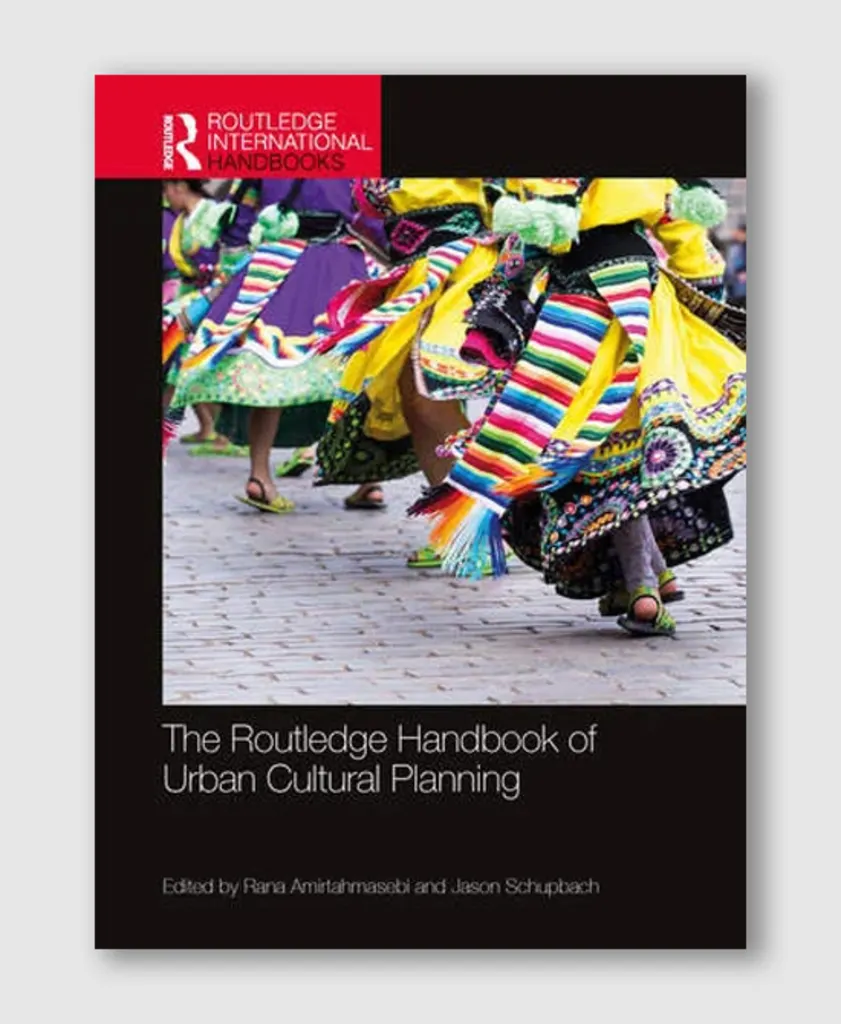
We spoke with Amirtahmasebi, an urban planner and cultural strategist, and Schupbach, Dean of the Westphal College of Media Arts and Design at Drexel University, about their new book and what it means for the future of cities. This interview has been edited and condensed for clarity.
Congratulations on the book! What sparked it?
Rana Amirtahmasebi: The field of cultural planning and policy has come a long way, but there was really no book about its intersection with other sectors and challenges like housing, gentrification, environment, economic development, public health, and disaster risk management.
Jason Schupbach: We’re way beyond the just put a mural on a wall type of beautification project—although there’s an excellent article on murals in the book. Ideas are much more advanced today, but there hadn’t been a survey in almost 10 years, and there has been a massive explosion of thinking and networks and people in urban cultural planning. We thought, let’s get together all the people who are sophisticated about bringing cultural planning in conversation with other fields so that the handbook can be of actual use to people.
Tell us about some of those new ways of thinking. I was drawn to a quote in the book from Dr. Maria Rosario Jackson, the former head of the National Endowment for the Arts, who argued that creative wellness is part of how we understand a good quality of life and that planners should take note.
Amirtahmasebi: What we missed as urban planners and policymakers is that we looked at the city as a bunch of sectors, like housing and transportation and we really didn’t really think about how to bring all of them together. But the city is also a cultural construct. How do you make this into a place where people can live, thrive, and be happy?
In one essay, Dr. David O. Fakunle and his coauthors write about the creative process of storytelling and how it’s a powerful tool to address disinvested communities, loneliness, and public mental health. So arts and culture can cultivate opportunities for human-centered approaches to individual and collective healing, growth, and empowerment.
What are some of the new policies that represent a more integrated approach to cultural planning and cities?
Schupbach: Cultural land trusts are a big one. We’re so challenged by land prices in many places, and culture is one of the things that will get priced out first. How do you hold on? There’s an interesting article by Dr. Angie Kim about community ownership in Oakland, California. There, the East Bay Permanent Real Estate Cooperative is exploring new financing models to buy land that might otherwise go to real estate speculators. And Erika Hennebury, a cultural affairs officer in the City of Toronto, offers a survey of cultural land trusts in Toronto, Vancouver, London, and San Francisco.
Night mayors are another growing trend. Laia Gasch Caslas writes about how London implemented this policy, and there’s so much practical stuff in there. When the area around the Ministry of Sound, the legendary electronic music club, began to gentrify, the city required new development to have triple-pane windows and soundproof walls. A housing development person might not have been concerned about something like that, but a person in the city government paying attention to culture at night was.
Guaranteed income for artists through programs that fund them to do work in communities is a new trend, too—like the Mellon Foundation’s $125 million Creatives Rebuild New York COVID-19 relief initiative. There have been some real interesting innovations, and it’s always in a place you might least expect where culture might intersect with city making.
Equity and justice are strong currents throughout the book. To rewind a bit, the conversation in the aughts around urban cultural planning revolved around orienting cities toward “Creative Class” in service of economic growth, which contributed to gentrification and displacement. You argue that just framing cultural planning from an economic perspective is limiting. Why is that an important distinction?
Schupbach: Cities are very complex things and you need every tool in your tool kit to try to make it better for all of the citizens. There are cultural tools, so why wouldn’t you use them? In the aughts, there was a strong economic argument that kind of rode a wave across cities around the world because of Richard Florida’s The Rise of the Creative Class book. It opened a lot of doors for mayors and cities to start a conversation about urban cultural planning. So I’m grateful for that. What Florida was talking about still matters, but we have a deeper level of sophistication about all the places that culture can help, and also how to build equity and justice.
This work has come way beyond the creative economy. It intersects with transportation, as Katherine Dirga’s chapter on artists and transit planning explains. One chapter describes how a law lab at Northeastern University is working with community groups fighting housing instability.
Amirtahmasebi: In a lot of contexts, when we talk about culture, we have to assign value. There’s no other way. In some places, there are grants available to develop theater or music or create a mural. But in a lot of parts of the world, when that money is not available, you have to make a case. So I think that’s why the creative class argument was very appealing to a lot of my colleagues and myself at the time. When you go talk to a mayor of a secondary city in Asia or Africa, how can you say let’s build a theater when you don’t have sanitation or housing? It’s extremely difficult to quantify qualities like social cohesion and social capital.
Dr. Jackson says in the book that if you want to destroy a society, you kill the culture. It’s also true that if you want to build a society, you build their culture. It should be obvious, right? We shouldn’t have to make an economic case for it.
Recognizing where value lies is another theme. You argue that “culture bearers” are important to center in planning and that expanding the field’s understanding of who these figures are is critical. Can you share a bit more about this?
Schupbach: This concept of “culture bearers” is so important. It’s an inside urban cultural planning term, but it really is about who holds the culture in a place, and who passes it down. Everybody kind of knows who that is in their neighborhood probably, right? It’s not just about the formally trained artist. For example, altar makers in Los Angeles may not call themselves artists, but they are truly holders of the culture. There’s an article in the book on cultural asset mapping. It’s not just the number of artists and theaters; it’s really about digging deeper into what makes a place a place.
Where would you like to see urban cultural planning go next?
Amirtahmasebi: The next step is not thinking of culture as something that is completely separate from other sectors in the city. I would like cultural plans to be one chapter of the city’s overall plan. A lot of times, cultural plans don’t speak to what is happening with planning departments in other parts of the city.
Schupbach: There’s huge potential in the under-explored public health space. Dr. Fakunle saw the power of storytelling in the loneliness crisis, as we talked about. Well, there are a lot of health crises. There’s a lot of stuff about art therapy, but how does it intersect with place in a smart way? And how does that connect to disaster?
We’re in a moment of creative destruction right now in the United States. A lot of stuff is being torn down. I’m not so interested in the daily panic about the tear down; I’m really interested in what do we build on the other side? What are the new policy ideas? What are the new structures we can build? Things are changing. A lot of things for a lot of people weren’t working before. Let’s actually try to build something better.
What do you see as the ultimate outcome of cultural planning applied to the fullest degree?
Amirtahmasebi: The well-being of humans and being able to thrive, especially with intangible cultural heritage. To be the source of social and psychological resilience, especially in these times of hardship, everywhere in the world
Schupbach: Hard same.
The Routledge Handbook to Urban Cultural Planning is available from routledge.com.
What's Your Reaction?
 Like
0
Like
0
 Dislike
0
Dislike
0
 Love
0
Love
0
 Funny
0
Funny
0
 Angry
0
Angry
0
 Sad
0
Sad
0
 Wow
0
Wow
0


